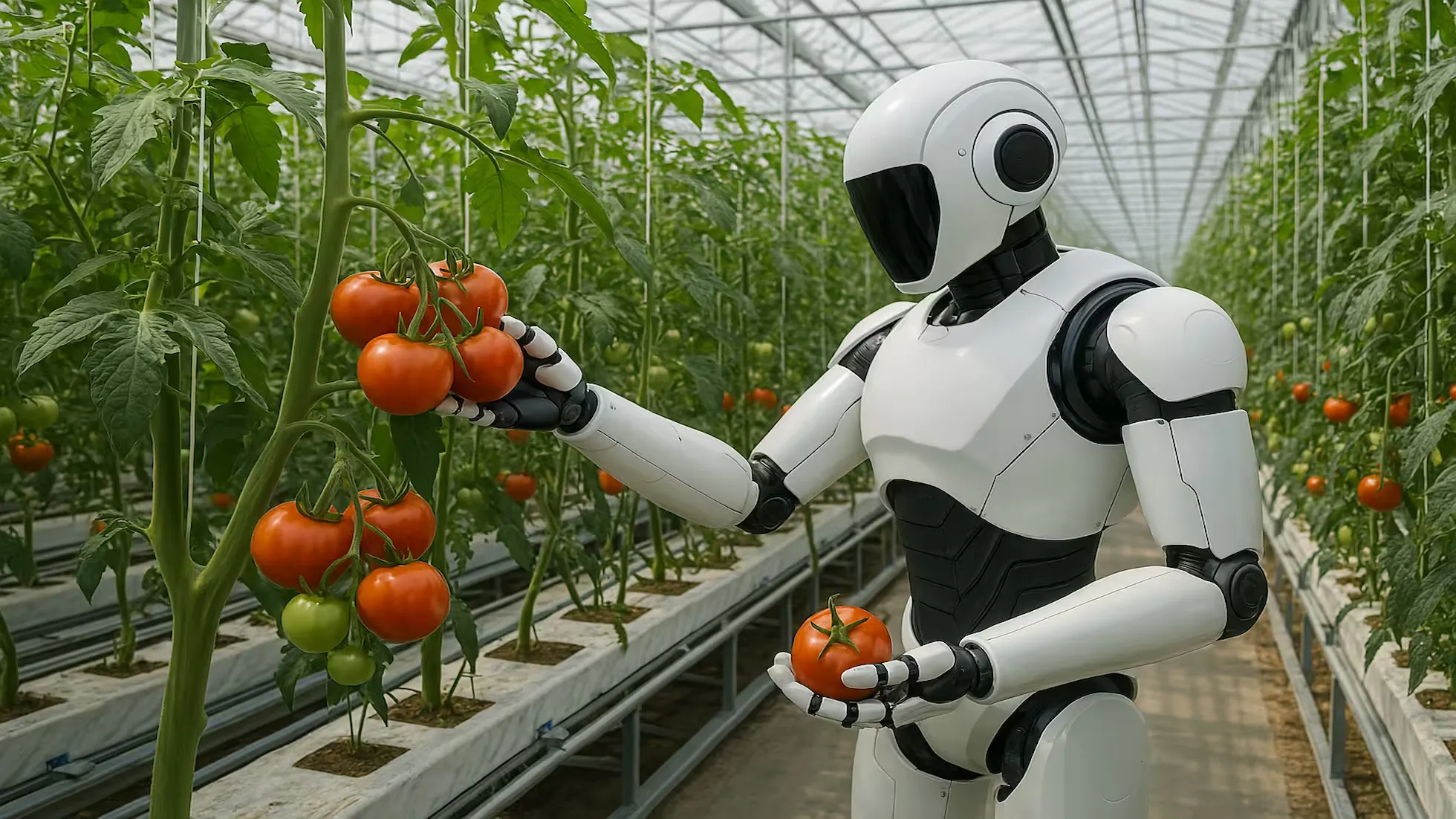The Plant Protection Industry and Market

1. Industry Overview
Regulatory Framework
The plant protection industry is governed through macro-level management by government bodies and self-regulation by industry associations.
- Ministry of Agriculture and Rural Affairs: Oversees major crop pest control, supervises pesticide and fertilizer quality and usage, and implements agricultural ecological construction plans.
- Ministry of Industry and Information Technology: Approves pesticide production enterprises and issues production permits.
- National Agricultural Technology Extension and Service Center: Manages agricultural extension systems, monitors and combats major pests, and promotes new agricultural inputs, technologies, and products.
- Plant Protection Stations: Monitor crop pests and diseases, ensure timely reporting, conduct trials, promote new plant protection technologies, and guide large-scale pest control operations.
- China Plant Protection Society: Established in 1962, this academic and non-profit organization connects plant protection scientists and promotes advancements in plant protection science.
Key Industry Policies
1. Guidance Catalogue for Industrial Structure Adjustment (2011 Edition, Amended in 2013)
This document lists “agricultural biotechnology development and application,” “digital agriculture technology development and application,” and “development of bio-pesticides and new technologies” in the encouraged category.
2. Central No. 1 Document
The document focuses on modernizing rural areas and agriculture. The 2016 version emphasizes curbing agricultural pollution, promoting ecological and sustainable farming, and supporting the use of eco-friendly pesticides.
3. Action Plan for Zero Growth in Pesticide Use by 2020
This plan includes building automated field monitoring systems, implementing biological and physical pest control methods, and promoting low-toxicity and eco-friendly pesticides to achieve zero growth in pesticide usage.
4. Opinions on Advancing Green Control of Crop Pests
This outlines the importance of green pest control in ensuring agricultural safety and defines principles, goals, and main technologies for green control.
5. Guidance on Adjusting the Structure of the Pesticide and Chemical Industry
This guidance advocates for phasing out high-toxicity pesticides, developing eco-friendly products, and encouraging integrated upstream-downstream industry development.
Green Plant Protection
Definition
First proposed by the Ministry of Agriculture in 2006, “green plant protection” focuses on harmonizing plant protection measures with nature to ensure high-yield, high-quality, and eco-friendly agricultural practices.
Significance of Green Control
- Sustainable Pest Control: Reduces pest resistance and outbreak risks, ensuring steady crop protection and food security.
- Standardized Production: Reduces chemical pesticide use, enhances product safety, and boosts competitiveness.
- Eco-Friendly Practices: Promotes biological and physical pest control to protect the environment and biodiversity.
2. Market Scale for Green Plant Protection
Market Trends
China’s agriculture sector faces significant pest challenges, particularly in staple and cash crops. The overuse of chemical pesticides has led to resistance and ineffective control, increasing the importance of biological solutions.
In 2014, green control covered 920 million mu (approximately 61.3 million hectares), with biological pesticides accounting for 88% of the market. Measures such as predator release and pheromone traps made up the remaining 12%. The green control market was valued at 110.4 billion RMB, based on an average biological pest control cost of 40 RMB per mu per application.
Growing Demand for Organic Agriculture
As of mid-2015, China had over 13,113 organic product certifications, reflecting a growth rate exceeding 30%. With only 1% of arable land certified organic (compared to 3% in Europe), the market for organic plant protection products has immense growth potential. Assuming 900 million mu of certified organic farming land with an annual plant protection input of 1,000 RMB per mu, the market is valued at 90 billion RMB.
Globally, biological pesticide usage is growing at 10-20% annually, significantly outpacing the decline in chemical pesticide use. China is expected to see even higher growth in this sector due to increased consumer and governmental focus on food safety.
3. Opportunities and Challenges
Opportunities
- Policy Support: Government initiatives promote the development and adoption of eco-friendly plant protection technologies, creating a favorable environment for industry growth.
- Stable Demand: Consumer demand for safe and eco-friendly agricultural products is steadily increasing, driving market expansion.
- Phasing Out High-Toxicity Pesticides: The removal of high-toxicity pesticides opens significant market opportunities for green alternatives.
Challenges
- Insufficient Integration of Research and Practice: Disconnects between scientific research and agricultural practices hinder progress.
- High Costs and Limited Adoption: Green plant protection products are 2-4 times more expensive than chemical pesticides and require technical training for effective use.
4. Risks in the Green Plant Protection Industry
Competition with Chemical Agriculture
Green plant protection products excel in organic and eco-friendly farming but face competition from chemical pesticides in conventional agriculture. The two sectors complement each other in some areas but compete in others.
Prevalence of Substandard Products
Regulatory checks in 2015 revealed a high incidence of non-compliance in biological pesticides, with only 3.8% of tested products meeting standards.
Low Industrialization
China’s green plant protection industry is still in its early stages. Small-scale enterprises dominate, and many lack the resources for large-scale production and distribution. Significant investments in technology and infrastructure are needed to enhance industrialization and market penetration.
Conclusion
Green plant protection offers a sustainable path forward for agriculture, balancing productivity with environmental stewardship. With strong policy support and growing market demand, the industry is poised for significant growth. However, overcoming cost, adoption, and industrialization challenges will be critical for unlocking its full potential.
Published at: Jun 21, 2016 · Modified at: Aug 31, 2025


